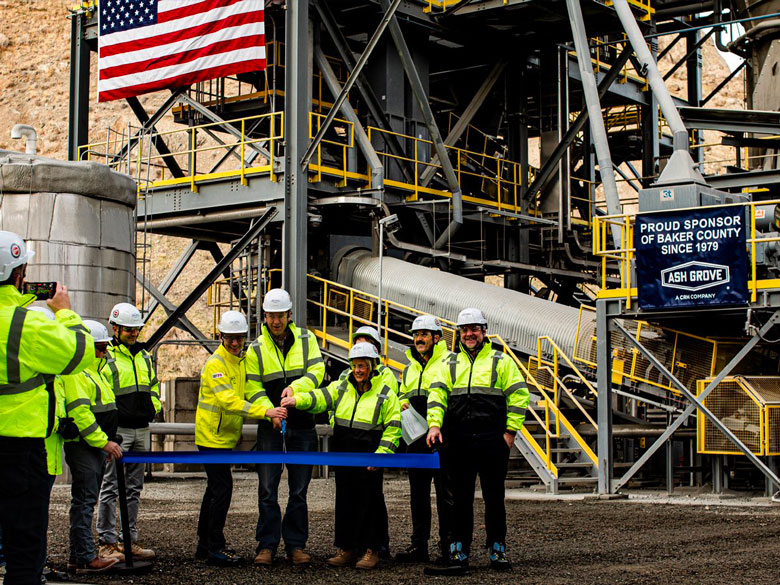Sources: National Ready Mixed Concrete Association; Staff reports
In a move that will provide the opportunity for the cement and concrete industries to reduce products’ carbon footprint, a proposal was approved to permit up to 15 percent ground limestone in blended cements under ASTM C595 (Blended Hydraulic Cements), with the resulting product characterized as limestone blended cements. Similar revisions are being made to the equivalent AASHTO standard by the AASHTO Subcommittee on Materials. Under C595, there was previously no specifically stated limit on ground limestone content.
Currently, limits on the quality of inter-ground limestone cover calcium carbonate content, methylene blue index and total organic carbon. Research is being performed by the Portland Cement Association to evaluate whether these limits on limestone quality are necessary or if methods can be developed to allow the use of limestone that does not meet these limits with additional qualification tests. Revisions to cement standards are coordinated by an AASHTO-ASTM Harmonization Task Group to ensure similar requirements are established in the ASTM and AASHTO versions of standards for cements.
Finalized at ASTM Committee C1 and C9 meetings earlier this month in Tampa, this latest revision is limited to ASTM C595 only and not to ASTM C150 (Portland Cement), which permits up to 5 percent limestone. All cement specifications, including C15, C150, C595 and C1157, are under the jurisdiction of ASTM subcommittee C01.10. The C595 measure comes less than a year after both Lafarge Canada and Holcim Canada introduced new portland-limestone cement (PLC)—widely used in Europe for more than 25 years—commercial offerings in Canada with up to 15 percent ground limestone. PLC is approved by the Canadian Standards Association (CSA A 3001 and A 23.1) and was referenced in the National Building Code of Canada in November 2010. Lafarge is selling its brand of PLC under the name Contempra.



